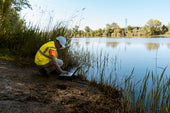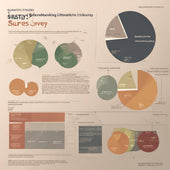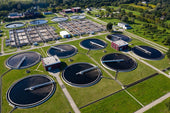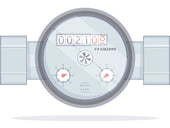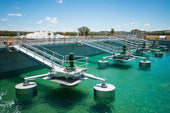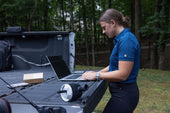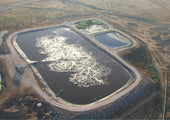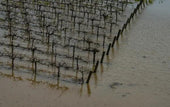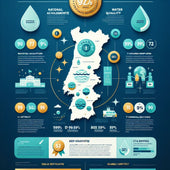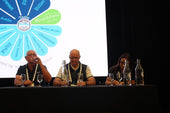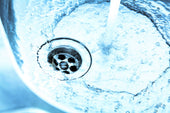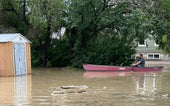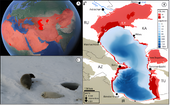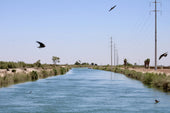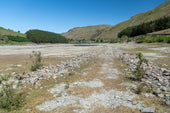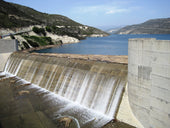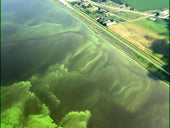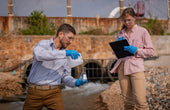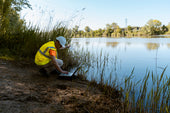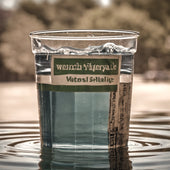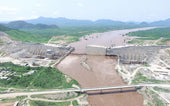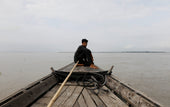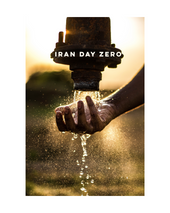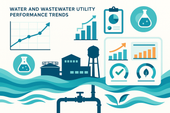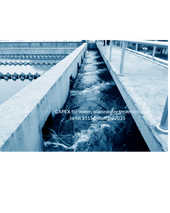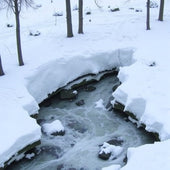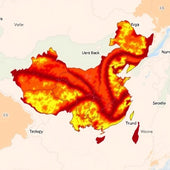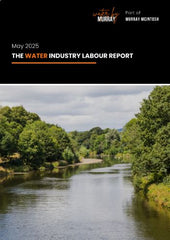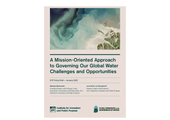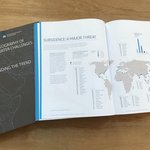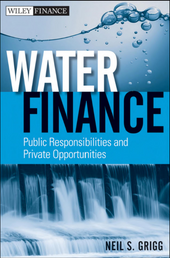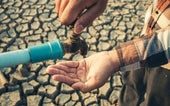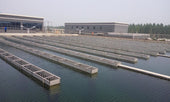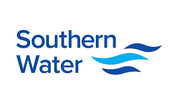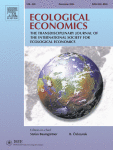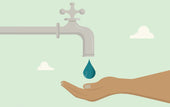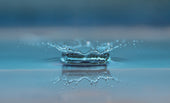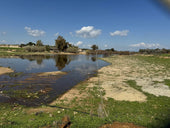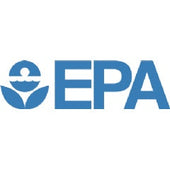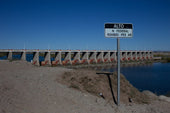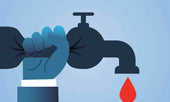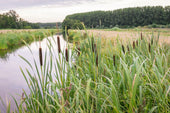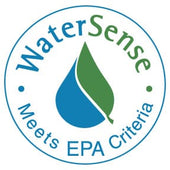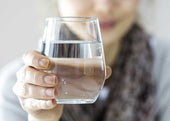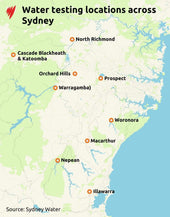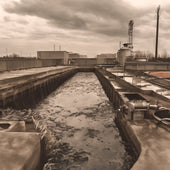
Europe Leads in Water Sector Inventions
Spain is the European country most specialized in water sector inventions, while Europe accounts for 40% of inventions in related technologies , followed by the United States and Japan. This is according to a report published Thursday by the European Patent Office (EPO) analyzing international patent families (IPFs).
According to the aforementioned study, European inventors are leading the way in key areas of water-related technologies, from drinking water harvesting and efficient water use to wastewater treatment and flood protection, with Spain being the European country with the highest rate of specialization in technologies that address water-related issues.
The report details that, between 1992 and 2021, more than 22,000 IPFs were submitted worldwide on water-related technologies. Among these, water treatment inventions accounted for the largest proportion , representing around 60% of all IPFs. The fastest-growing area in recent years is the water efficiency improvement segment, particularly the automation and control of treatment operations. Europe leads the way in water-related inventions, followed by the US (with 23% of all water-related IPFs), Japan (12%), China (6%), and the Republic of Korea (5%).
The leading European countries in terms of water-related inventions are Germany (12%), France (5%), the United Kingdom (4%), the Netherlands (3%), and Italy (3%). Spain, for its part, has the highest level of specialization in water-related technologies among the leading European countries, with a "very high" Global Revealed Technological Advantage (GTA) of 2.3—the highest among the leading European countries in terms of patents—and ranks 8th in Europe, with 1% of the global total (284 GTAs in total between 1992 and 2021).
Other non-European countries, such as Australia, Israel, and India, which are particularly exposed to the threats of water scarcity and flooding, show an even greater degree of specialization in water-related innovation.
The main patent applicants in water technologies are private companies, specifically Veolia (France), Xylem (USA), and Kurita (Japan). However, the contribution of universities and public research centers has grown over the period analyzed, from less than 5% of all water-related patent applications in the 1990s to 14% in 2017-21. The main universities and research institutes are the Chinese Academy of Sciences, Nanjing University (China), and the CNRS (France).
"Water is one of our most precious resources. Given the threats posed by climate change, innovation in both water supply and protection against water-related hazards must grow even more rapidly in the coming decades. Our new study and tools provide policymakers and the public with high-quality data and analysis on the water technology landscape, while supporting inventors in developing innovative solutions to address today's water challenges," said EPO President António Campinos.
According to the United Nations, 2.2 billion people lacked access to safe drinking water in 2022 and 3.5 billion lacked safe sanitation services.
Success story in Spain
In collaboration with national patent offices across Europe, the EPO has also developed a new technology platform on water innovation . The freely accessible platform allows scientists, policymakers, and businesses to more easily navigate its online patent database, which contains over 150 million patent documents, and find the information they need on the latest developments in the water sector.
In addition, the EPO has updated its free Deep Tech Finder tool to help investors connect with more than 100 startups across Europe with European patent applications for water-related inventions.
A success story in Spain has been that of inventors Antonio Corredor Molguero and Carlos Fermín Menéndez Díaz, finalists of the 2019 European Inventor Award, in the Industry category, for their concrete mold to improve breakwaters.
Their method for producing concrete blocks specifically designed to protect ports can reduce breakwater construction costs by 15% to 45%, offering coastal areas better protection. Corredor and Menéndez developed an innovative mold for Cubipods, patented blocks with protrusions on each surface that prevent them from shifting over time and maintain the integrity of breakwaters. This solution, commercialized by SATO, has been used in port defenses in Algeria, Denmark, and Spain.

